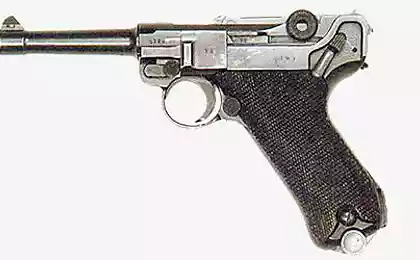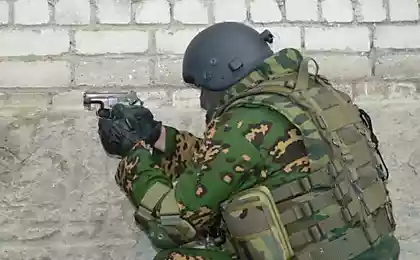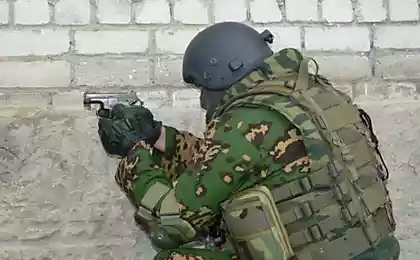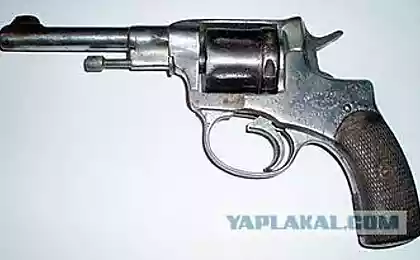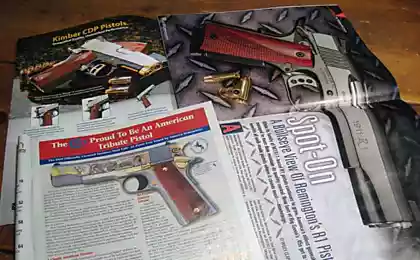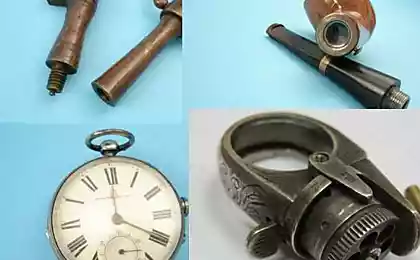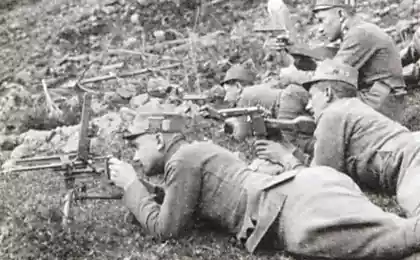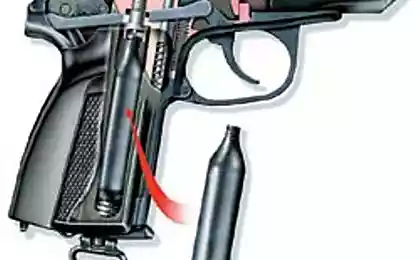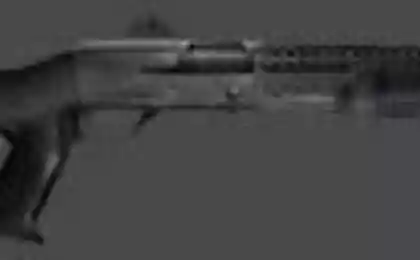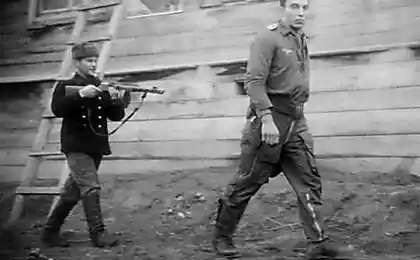472
Here the fuel nozzle "understands" that the tank is full. Great device!
The sound of a click is heard inside the filling gun is familiar, perhaps, to each motorist. By some mysterious way a very simple-looking device senses when the tank is filled to capacity and stops the supply of fuel. At the same time on the "nose" at gun shows no sophisticated sensors - and with the level of fuel inside the tank sensor is unlikely to communicate wirelessly. Whence comes the signal, which frees us from the need to monitor the charging process and prevents possible over backfire? < Website published an article that explains this "magic».
In fact, it works without the help of electronics - and including a mechanism so as robust. The bottom line is that in addition to the main valve (which is opened by pressing the lever) inside the gun has an additional valve with a membrane. With the gun nozzle to the valve is very thin, so-called vacuum or signaling channel. The membrane is "cocked" at the moment of pressing the lever - and is located in the "cocked" state until a vacuum channel airflow passes. The channel ends within the gun, near the main valve - and the flow of gasoline passed this opening at high speed, creating a vacuum in the channel. This negative pressure causes a hole in the nose gun to suck the air out of the fuel tank.
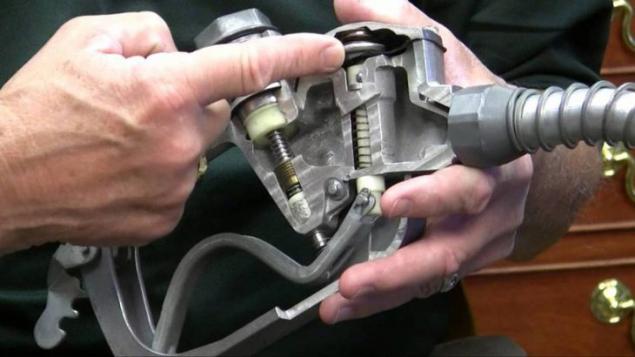
But as soon as the gun nozzle is immersed in the liquid, the air has nowhere to take. The vacuum will be much more under its influence membrane switch to the opposite position and unlocks the spring of the main valve. That abruptly closing, and will publish the most familiar click.
Incidentally, on the approach to the valve diaphragm has a channel with a small compartment inside the ball. If for some reason the refueling nozzle from the tank will drop, the ball will block the vacuum channel, triggering a sharp increase in the vacuum - and start the process described above
.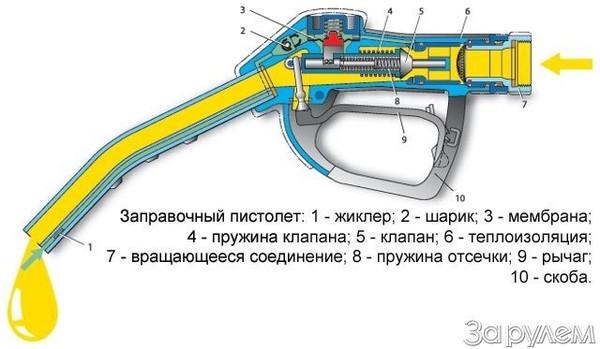
via auto.vesti.ru/news/show/news_id/660304/
In fact, it works without the help of electronics - and including a mechanism so as robust. The bottom line is that in addition to the main valve (which is opened by pressing the lever) inside the gun has an additional valve with a membrane. With the gun nozzle to the valve is very thin, so-called vacuum or signaling channel. The membrane is "cocked" at the moment of pressing the lever - and is located in the "cocked" state until a vacuum channel airflow passes. The channel ends within the gun, near the main valve - and the flow of gasoline passed this opening at high speed, creating a vacuum in the channel. This negative pressure causes a hole in the nose gun to suck the air out of the fuel tank.

But as soon as the gun nozzle is immersed in the liquid, the air has nowhere to take. The vacuum will be much more under its influence membrane switch to the opposite position and unlocks the spring of the main valve. That abruptly closing, and will publish the most familiar click.
Incidentally, on the approach to the valve diaphragm has a channel with a small compartment inside the ball. If for some reason the refueling nozzle from the tank will drop, the ball will block the vacuum channel, triggering a sharp increase in the vacuum - and start the process described above
.

via auto.vesti.ru/news/show/news_id/660304/
The best crib in the English language, which contains all the database!
How to massage: 7 images for understanding the meaning of hand movements
